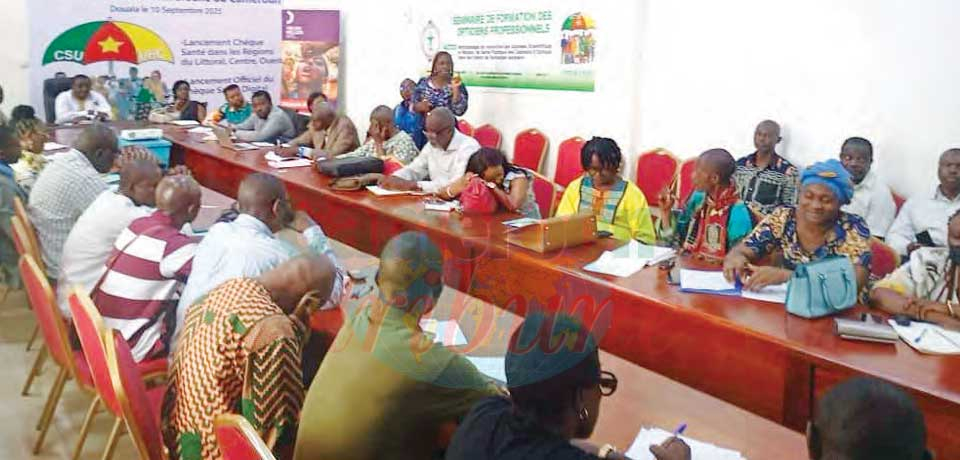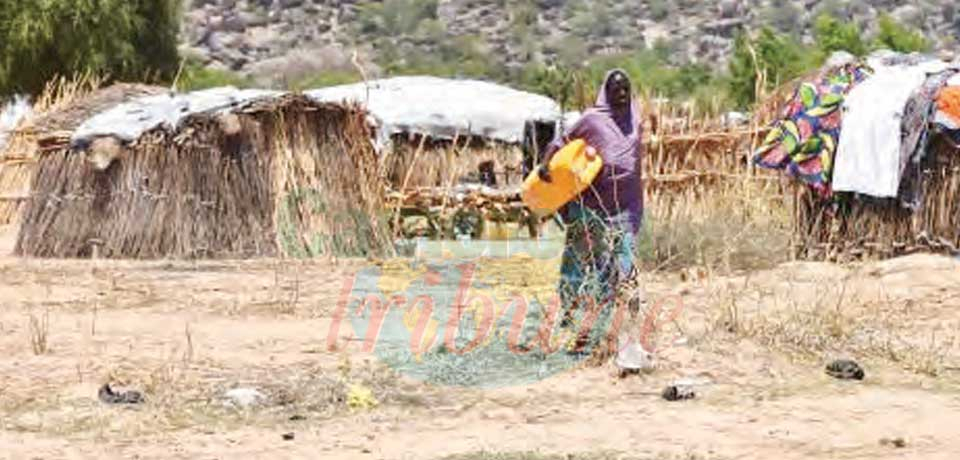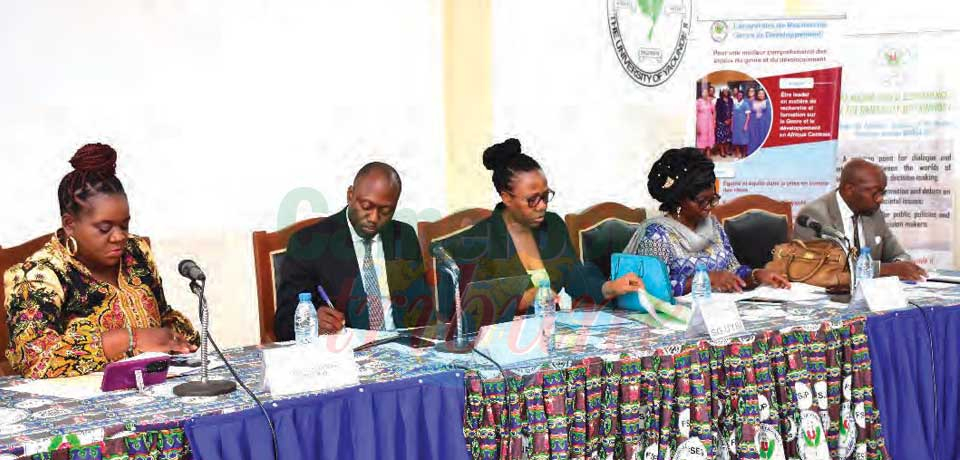“People Should Clean Their Environment”
- Par Brenda YUFEH
- 09 Jan 2023 11:33
- 0 Likes

Dr Bola Siafa Antoine, Ear, Nose and Throat specialist and Head and Neck Surgery Consultant.
What are the principal illnesses witnessed during the dry season in Cameroon and why?
The main diseases encountered during the dry season in Cameroon can be grouped into the upper respiratory tract which is responsible for a variety of illnesses affecting the nose, throat, pharynx, larynx and sinuses. Some of the diseases are, common cold, rhinitis (infectious or allergic), rhino-pharyngitis, sinusitis, laryngitis and rhino-bronchitis. This is due to the inability of the organism to adapt with the new weather conditions which are for some experts related to climate change, pollution, promiscuity and bad living conditions. During this season, a lot of people will complain of watery eyes, light headaches, light fever, cough, sneezing, running nose (catarrh), itches on the throat, nose, ears, obstructed nostrils, sore throat and sometimes difficulties breathing.
Which group of people are greatly exposed to the health hazards of the dry season?
All age groups may be affected by these illnesses, but one has to pay attention to the most vulnerable. Among them are children below the age of five especially infants (less than two years old), the aged population (those older than 65 years old), but this will greatly depend on the general health status of the person. People with chronic conditions such as asthma, COPD (Chronic Obstructive Pulmonary Diseases), hypertension, heart disease, chronic kidney disease and diabetes, are also vulnerable to the dry season. Also, immuno-compromised patients are exposed to the negative effects of the dry season especially if they are not treated or controlled (for example people living with HIV who are not under treatment). Albinos are particularly affected by the high sun. Hence, they should always cover their head and body when moving in the sun.
What are the preventive measures the population should take to protect their health?
Primary prevention will consist of avoiding to get in contact with the environment (dust particles, cold temperatures, closed settings or rooms, non or under-ventilated spaces, moisture…). This can be possible through the use of a fitting facial mask (covering the nose and the mouth) when there is a risk of being in an unfavourable environment. Individuals should also clean their environment (house, room,…): by removing dust, moisture, and ensuring it’s well-ventilated and well-arranged whenever it is possible. Vulnerable groups should a...
Cet article complet est réservé aux abonnés
Déjà abonné ? Identifiez-vous >
Accédez en illimité à Cameroon Tribune Digital à partir de 26250 FCFA
Je M'abonne1 minute suffit pour vous abonner à Cameroon Tribune Digital !
- Votre numéro spécial cameroon-tribune en version numérique
- Des encarts
- Des appels d'offres exclusives
- D'avant-première (accès 24h avant la publication)
- Des éditions consultables sur tous supports (smartphone, tablettes, PC)














Commentaires